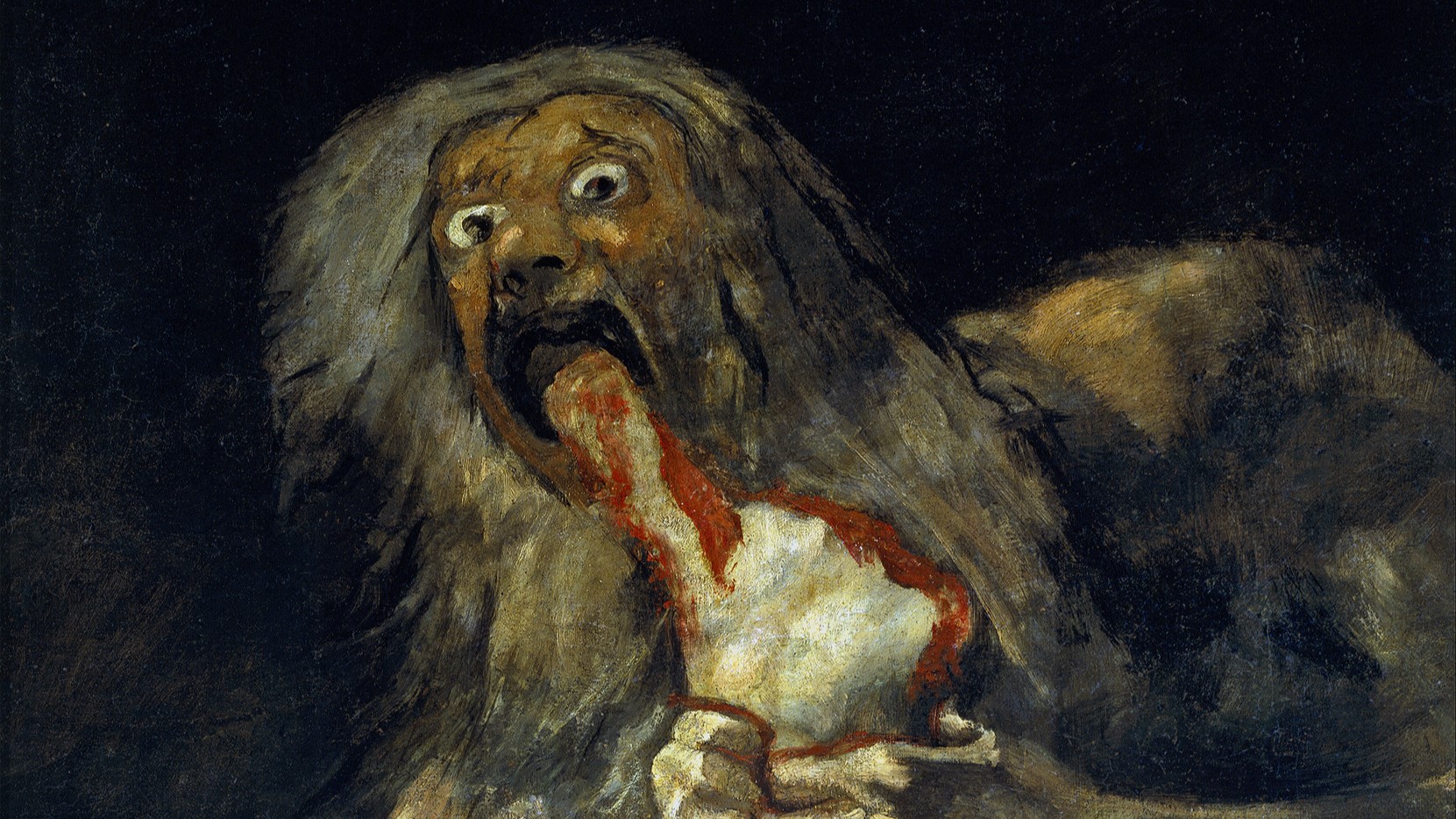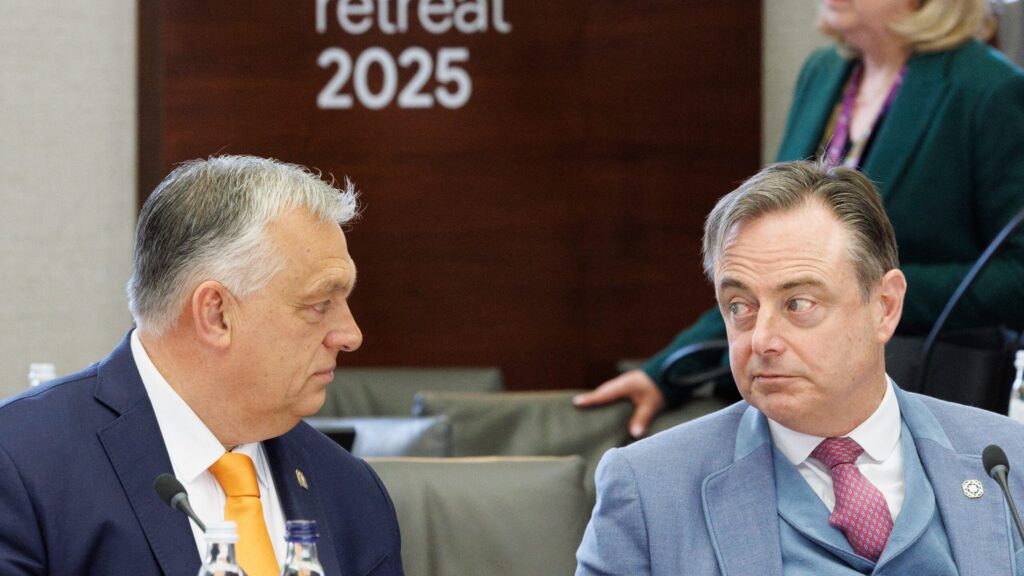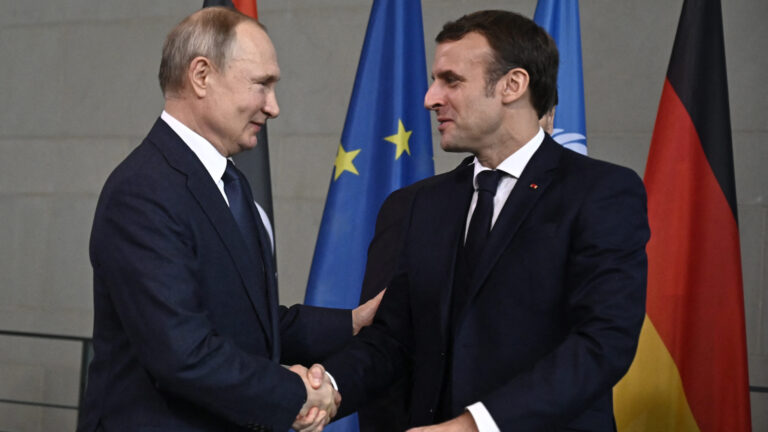‘What they want and what they get are fused by some mysterious alchemy. The press, the lecturer, the screen and the public lead and are led by each other.’
(Edward Bernays, Crystallizing Public Opinion, 1923)
The West is currently experiencing crises in multiple layers of its governance structures. But one that is often overlooked is the communications space itself, both domestically and internationally. The West has gone, in the space of only a short few years, from having a highly coherent, professional and effective information sphere—both inward and outward-facing—to one marked by complete chaos. Ironically, the breakdown in the coherence of the Western information space is being generated by the addiction to that same information space—especially since the end of the Cold War. It is leading to a complete breakdown in the West’s capacity to communicate rationally about the problems that it faces, both domestically and internationally. Domestically this is articulated by the oft-heard public pronouncement that ‘everything is fake’, signifying the growing disconnect between the narratives produced in the West and peoples’ lived realities. Internationally, this can be seen in the breakdown in the capacity of the West to engage in normal diplomacy due to Western politicians and diplomats seemingly forgetting about the importance of the symbolic rituals associated with diplomacy.
In 1981, the French philosopher and sociologist Jean Baudrillard published his famous work Simulacra and Simulation in which he analysed the relationship between virtual reality and actual reality—or, for our purposes, we might say: the virtual and the real.[1] According to Baudrillard, in late consumer societies, with their extensive media management and manipulation, the real becomes ever more obfuscated as time goes on. It is replaced by images and representations that are manipulated by those who wish to shape public opinion. At a certain point, according to Baudrillard, a society such as this will eventually reach a sort of singularity where the real becomes completely obfuscated and reality is wholly subordinated to the virtual. Baudrillard calls this singularity the point at which ‘simulation’ takes over or, alternatively, ‘hyperreality’. In the words of Jean Baudrillard, the simulation means that ‘the whole system becomes weightless, it is no longer itself anything but a gigantic simulacrum–not unreal, but a simulacrum, that is to say never exchanged for the real, but exchanged for itself, in an uninterrupted circuit without reference or circumference.’[2]
In retrospect, Baudrillard proclaimed the hyperreality singularity too early. In 1991, for example, when Baudrillard claimed provocatively that ‘the Gulf War did not take place,’[3] he may have had a point that the general public was fed a simulation of the war. Yet despite this, policymakers, military planners and diplomats had a firm grasp on the realities of the war. Today this is no longer the case. Those who should oversee the management of governmental affairs in the West have now been completely folded into their own simulation. And the result, predictably, is chaos, dysfunction, and increasing signs of collapse. In his writings Baudrillard was confident that a society totally immersed in self-referential simulation could exist in this state indefinitely. Today this prediction seems increasingly untenable. The simulation seems to be feeding into dynamics that are throwing the foundations of Western societies off balance, and it is by no means clear if they can retain their coherence.
‘Baudrillard was confident that a society totally immersed in self-referential simulation could exist in this state indefinitely. Today this prediction seems increasingly untenable’
The Ukraine War and the Baudrillardian Singularity
The creation and history of the virtual world arguably began in earnest with the revolutionary presidency of Franklin Delano Roosevelt, in which modern highly developed propaganda tools for shaping public opinion were unleashed in full force. These were, like so much else from the Roosevelt period, continued after the war. The key figure in this regard was Edward Bernays, the propaganda mastermind of the early 20th century and, interestingly, Sigmund Freud’s nephew. The distortion of the real, and the creation of the virtual was in Bernays’ time a means of attaining political results through public manipulation. Bernays always had in mind that there should be a rational person or group of people standing behind the simulation and directing it—and this direction was, it was hoped, to be aimed at rational ends.[4] In this way, Bernays and his followers were the origin point of the public relations control of perception and the creation of the modern virtual reality. But today, public relations, previously a tool of shadow statecraft, the glove which hid the hand of the state, has hijacked the entire system—and we have entered deeply into the Baudrillardian singularity.
The beginning of the singularity started with the COVID-19 pandemic, when public fears about the virus were channelled directly back to policymakers, which then impacted their policy decisions, creating a sort of hysterical feedback loop. But it was only with the outbreak of the war in Ukraine that the simulation began to completely dominate governance in the West. Gladden Pappin noted this development in his highly prescient essay only a few weeks after the beginning of the war, entitled: ‘You Are Entering the American Sector’.[5] Pappin noted very early on in the war that: ‘The trouble is that while using information warfare could be a tactic in a larger strategy, nowadays it seems to be substituting for our lack of strategy.’ He noted, for example, that the Western information warfare space was not actually targeting Russians in the hopes of trying to destabilize their war machine or political system, but rather seemed designed to control perceptions in the West. This led to disinformation circulating as war propaganda being taken seriously by Western policymakers who then acted on this bogus information—which, of course, led to terrible real-world results.
This situation has only gotten worse in the years since Pappin wrote his essay. In fact, he predicted that this would be the case when he wrote:
‘For the moment, the American Sector of the internet appears to have some unity. Driven by anglophone meme warfare accounts, the American Sector has put forward a largely consistent message of imminent Russian defeat and the urgent necessity of greater Western military involvement… Stripped of its founding illusions, the future of the American Sector internet may be short indeed.’
Effectively, Pappin predicted that the simulation would start to fail because it was designed to be so all-encompassing. At a certain point, reality would inevitably begin to break into the system. At that point, the entire media space would start to fall apart, as decentralized Western media nodes began to produce differing interpretations of what was actually going on. This, in turn, would create a highly disorienting effect on those engaged with the simulation. The fragmentation of the simulation, as reality began to break through, produced a kind of ‘wall of noise’, where people had no idea what was going on around them. Two years ago, they were assured of a Western victory; today, they are told that Russia is rapidly taking territory and that there is a threat to Europe itself. Both statements obviously cannot be true, and this creates cognitive dissonance in those watching. Ultimately, this cashes out in a sense of unreality—or, to put it in colloquial terms popular on the internet, the feeling that ‘everything is fake’.
‘The longer politicians cling to their outdated narratives, the more their simulation starts to break down as reality seeps through the cracks’
But despite the growing sense of unreality, the system of simulation continues to build on itself. The most likely explanation is that it has absorbed a wide range of politicians and policymakers. Many of them may intuitively sense that they are now peddling virtual fictions while reality moves far ahead of them. Yet they are trapped, because reversing their positions would discredit them—and likely lead to their removal. The longer politicians cling to their outdated narratives, the more their simulation starts to break down as reality seeps through the cracks. This gives politicians a strange set of incentives, whereby it is in their interest to tell the public increasingly unbelievable stories instead of adjusting themselves to new realities. In effect, they have become trapped inside the very simulation that is falling apart. Perhaps this also shows the flaw in Baudrillard’s assumption that a simulation can ever become all-encompassing. It is conceivable that a simulation can become all-encompassing if it can adequately cover reality. In practice, this means that it must be able to explain actual events, even if it is doing so deceptively. But once the events start to break away from the simulation, the simulation goes into overdrive—and in doing so, begins to collapse.
The Collapse of the Diplomatic Symbolic
One cannot fully understand Baudrillard’s theory of simulation without reference to the structuralist anthropology that inspired his thinking. Structural anthropology places a great deal of emphasis on the idea of the ‘symbolic’ dimension of human life. The symbolic dimension of human life comprises gifts, sacrifices, rituals and other displays of social activity designed to create group cohesion—or, when deployed in an aggressive manner, to communicate to an enemy an aggressive posture on behalf of the group. Baudrillard, like the structural anthropologists that his work draws on, views this symbolic aspect of human life necessary for functional community. But Baudrillard also sees that in modern societies the symbolic function is beginning to break down and collapse into simulation.
As modern societies become ever more simulated, the symbolic dimension of life retains less importance—the retreat away from religious ritual in modern societies show this clearly. But the symbolic dimension has not yet disappeared entirely. People still, for example, hold birthday celebrations for others where the exchange of gifts takes place. Christmas remains popular in the West, as do other ritualistic holidays—and, despite the rise in private burials, holding funerals for the dead is still the norm. But when we utilize Baudrillard’s framework to analyse what is taking place in foreign relations, we see that the symbolic is very rapidly being liquidated.
One can hardly overstate the importance of rituals in acts of diplomacy. Even very primitive levels of social organization are inclined to these sorts of rituals. For example, the Huli tribe in Papua New Guinea have an elaborate ceremony that is performed when outsiders arrive, including coloured body paint, elaborate wigs and dances. This is no different from what often takes place in modern diplomacy, when a country performs traditional music or dances for visiting delegates of diplomats or foreign leaders. The exchange of gifts is also typical in such circumstances. These displays help to solidify ties between two groups that allow them to then discuss potential points of cooperation and conflict. In a sense, these symbolic displays are undertaken to try to avoid two groups becoming aggressive toward one another.
When one encounters symbolic displays such as these, normal language takes on a different meaning. In symbolic circumstances, people become much more cautious of their usage of language. Even people who are not religious are—or at least were, until recently—reticent to curse in a church. In diplomatic circumstances, people tend to be exceptionally cautious about their use of language. Under these circumstances, everyone involved becomes acutely aware that everything is being scrutinized closely and so they become much more attuned to what their words or actions might be communicating. A naïve observer might say that this is all elaborate performance. But they miss the point: the performance is, in a sense, more important than the reality, because it can have much more profound consequences. The idiot is not the person who engages in sometimes elaborate rituals, but rather the ignorant person who acts as if they were in a completely normal environment.
As the simulation provoked by the Ukraine war becomes all-encompassing and our leaders become integrated into it, the symbolic dimension, as Baudrillard predicted, melts away. Increasingly, as time goes on and the simulation engulfs ever more of our leaders’ activities and energy, their ability to read basic diplomatic cues disintegrates. The virtual reality of the simulation is not just covering up the actual reality of the war itself but is also starting to cover up the attempts by other countries to make symbolic gestures toward the West.
Perhaps the best way to put this is that the simulation brought on by the war has produced a sort of ‘symbolic autism’ in Western leaders. Any time a foreign diplomat or leader tries to communicate their position with the West in a subtle diplomatic manner, Western leaders fail to read the signs and interpret everything that is said only in line with their own simulation. In concrete terms, this means that as foreign leaders are trying to subtly communicate their positions on various matters of global importance, Western leaders simply ignore all the symbolic language and instead spit out a lecture that emerges straight from the narrative structure of the simulation that they have become part of. Foreign leaders are left puzzled when they encounter this strange phenomenon, not least because the simulation seems to have no relation to the actual realities being discussed. Soon they grow tired of the autistic lecturing of their Western counterparts and start to mock them and play cruel tricks on them—safe in the knowledge that the Western leaders, caught in their simulation, cannot understand what is going on.
‘Baudrillard predicts that as the simulation becomes all-encompassing in a society, it will not collapse immediately. Rather, it will undergo a slow process of unravelling’
The apotheosis of this took place recently, when European leaders visited Beijing. Typically, in such circumstances, foreign leaders are given access to fancy cars, impressive displays, and greetings by senior officials. Instead of this, the European leaders were put on what looks like a standard airport bus with greetings from only very low-level officials. The Chinese media then filmed their arrival to humiliate and mock them. The video of this event shows European leaders disembarking the bus in a state of complete disorientation. No doubt they remain trapped in their own imaginary simulation—one in which they are powerful international leaders whose jobs is to explain their moral positions to less sophisticated cultures—but this simulation starts to bend and warp as they stand awkwardly on the bus. One can imagine this moment as a sort of ‘glitch in the Matrix’. But nothing seems able to truly break the Western simulation; and when they arrived in Beijing, they gave their tedious lectures, no doubt to a bored and smirking crowd of Chinese leaders, after which they were put back on the bus and sent home.
This is where the entire West stands today. It has finally reached the Baudrillardian singularity, and become completely absorbed by a self-referential simulation that its own leaders have created. This simulation continues to insulate the leaders of the West, but as rays of underlying reality start to shine through the cracks in the edifice, most people conclude that our political systems are becoming increasingly ‘fake’. At the same time, the simulation is starting to erode the capacity of our leaders to recognize the basic symbolic cues that are needed to undertake meaningful dialogue and diplomacy. In his later book The Illusion of the End, Baudrillard predicts that as the simulation becomes all-encompassing in a society, it will not collapse immediately. Rather, it will undergo a slow process of unravelling. In this process all notions of history, progress and, ultimately, meaning start to dissolve. At this point the system produces no novelty, only repetition. It enters a sort of endless loop where the simulation is played over and over again.[6] This, no doubt, is where we in the West stand today. Now we get to test how long this loop can go on for. Increasingly, it looks like Baudrillard may have been wrong: reality tends to resist and break through the simulation. And those outside of the simulation—that is, the rising powers outside of the Western virtual—are getting tired of having Westerners try to force their fake reality onto them.
[1] Jean Baudrillard, Simulacra and Simulation, University of Michigan Press, 1981.
[2] Ibid, pp. 6–7.
[3] Jean Baudrillard, The Gulf War Did Not Take Place, Indiana University Press, 1991.
[4] See, for example: Walter Lippmann, Public Opinion, Adansonia Publishing, 1922.
[5] Gladen Pappin, ‘You Are Entering the American Sector’, Postliberal Order, 2022.
[6] Jean Baudrillard, The Illusion of the End, Stanford University Press, 1994.
Related articles:







